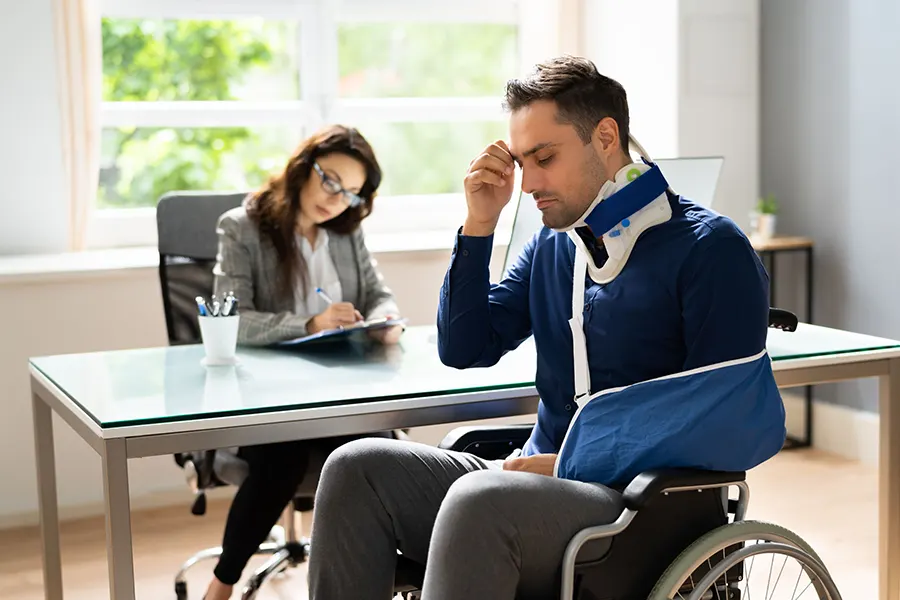When a personal injury lawyer investigates a case, understanding liability is at the core of their work. Liability refers to the legal responsibility for an accident or injury, and determining who is at fault is essential to building a solid personal injury claim. The process of investigating liability involves multiple steps, each aimed at gathering evidence and identifying the party or parties responsible for the accident. The first step a personal injury lawyer typically takes is meeting with the client to understand the details of the incident. The lawyer listens to the client’s account, asking specific questions about the events leading up to and following the injury. This initial consultation helps the lawyer determine whether the case is valid and what next steps need to be taken. The lawyer also gathers pertinent documents like medical records, accident reports, photographs, and any other relevant paperwork. Next, the lawyer begins the evidence-gathering process. This step is crucial in proving liability.
 Depending on the nature of the injury, the lawyer of bavariya law may collect a wide range of evidence, including photographs from the scene, surveillance footage, police or incident reports, witness statements, and medical records. For example, in the case of a car accident, the lawyer may obtain traffic camera footage, consult with accident reconstruction experts, and examine road conditions or signage. In slip-and-fall cases, they may inspect the property for hazards, request maintenance logs, or review safety protocols in place at the time of the incident. The lawyer also investigates the defendant’s actions to determine whether negligence was involved. Negligence is a critical concept in personal injury law; it refers to the failure to take reasonable care to avoid causing injury or loss to another person. To establish negligence, the lawyer must show that the defendant owed a duty of care to the plaintiff, that the defendant breached this duty, and that the breach directly caused the plaintiff’s injury.
Depending on the nature of the injury, the lawyer of bavariya law may collect a wide range of evidence, including photographs from the scene, surveillance footage, police or incident reports, witness statements, and medical records. For example, in the case of a car accident, the lawyer may obtain traffic camera footage, consult with accident reconstruction experts, and examine road conditions or signage. In slip-and-fall cases, they may inspect the property for hazards, request maintenance logs, or review safety protocols in place at the time of the incident. The lawyer also investigates the defendant’s actions to determine whether negligence was involved. Negligence is a critical concept in personal injury law; it refers to the failure to take reasonable care to avoid causing injury or loss to another person. To establish negligence, the lawyer must show that the defendant owed a duty of care to the plaintiff, that the defendant breached this duty, and that the breach directly caused the plaintiff’s injury.
For instance, in a medical malpractice case, a lawyer may investigate whether the healthcare provider followed standard medical procedures or whether there was a deviation that led to harm. Another essential component is the consultation with experts. Lawyers often rely on expert witnesses to help establish liability, especially in complex cases. These experts may include medical professionals who can testify about the severity and cause of the injury, accident reconstruction specialists who can explain how the incident occurred, or engineers who can assess whether a product or structure was defectively designed or maintained. These expert opinions can help the lawyer demonstrate that the defendant’s actions (or inactions) directly led to the injury. Furthermore, personal injury lawyers also examine comparative fault laws, which can impact the degree of liability. In many states, the injured party’s own negligence could reduce the damages they are entitled to recover. This factor plays a significant role in negotiating settlements or presenting the case in court.